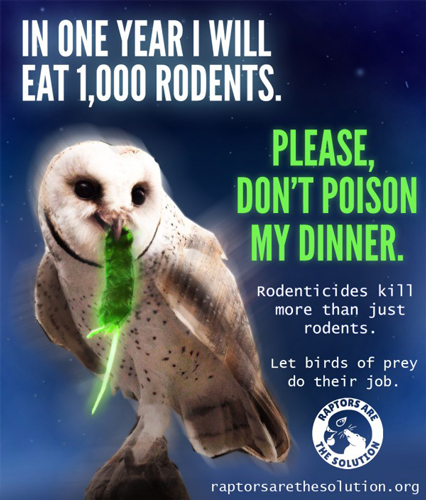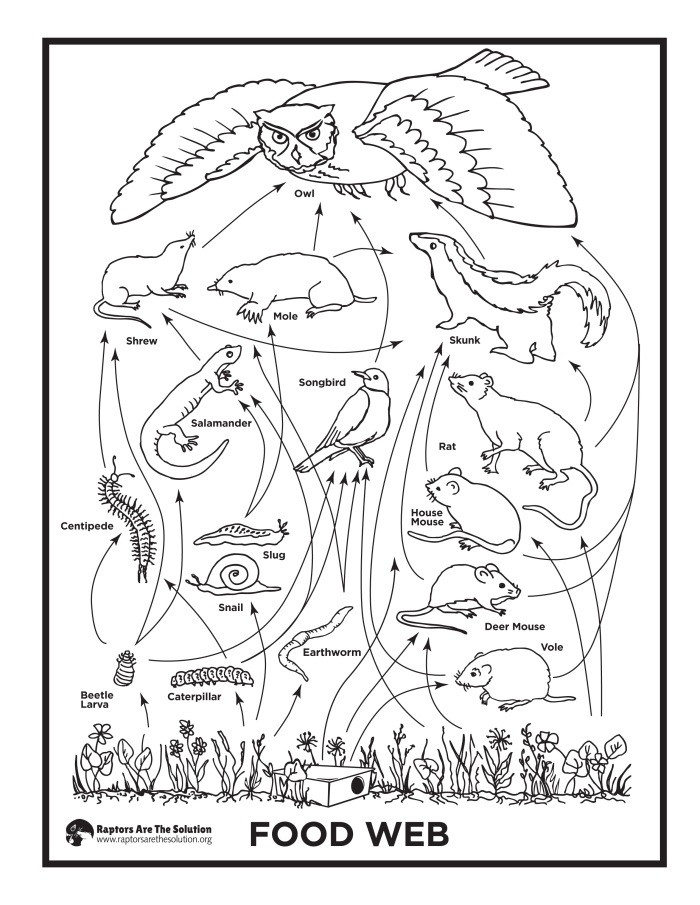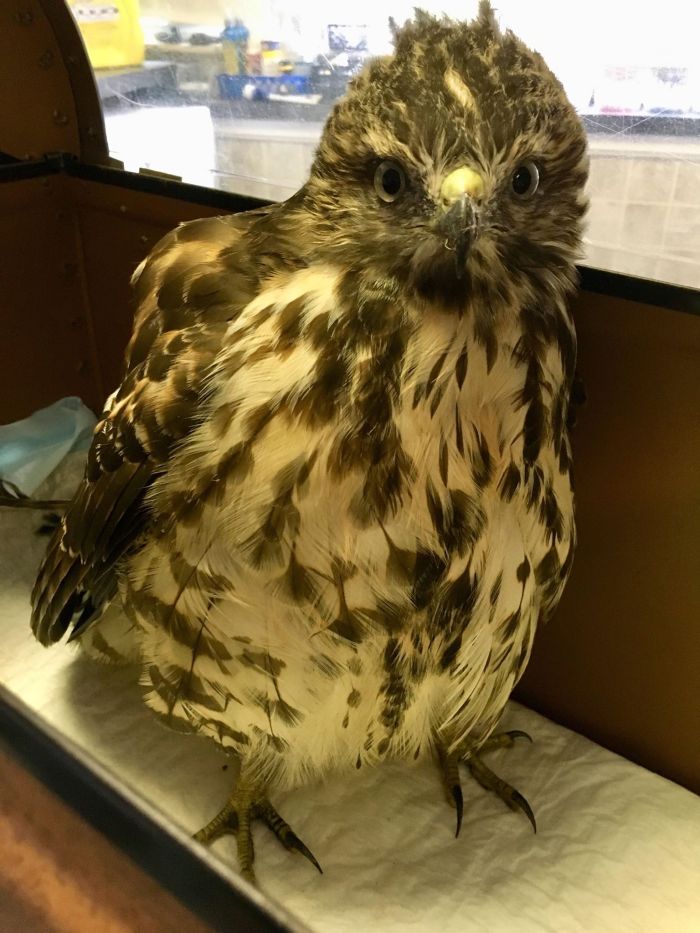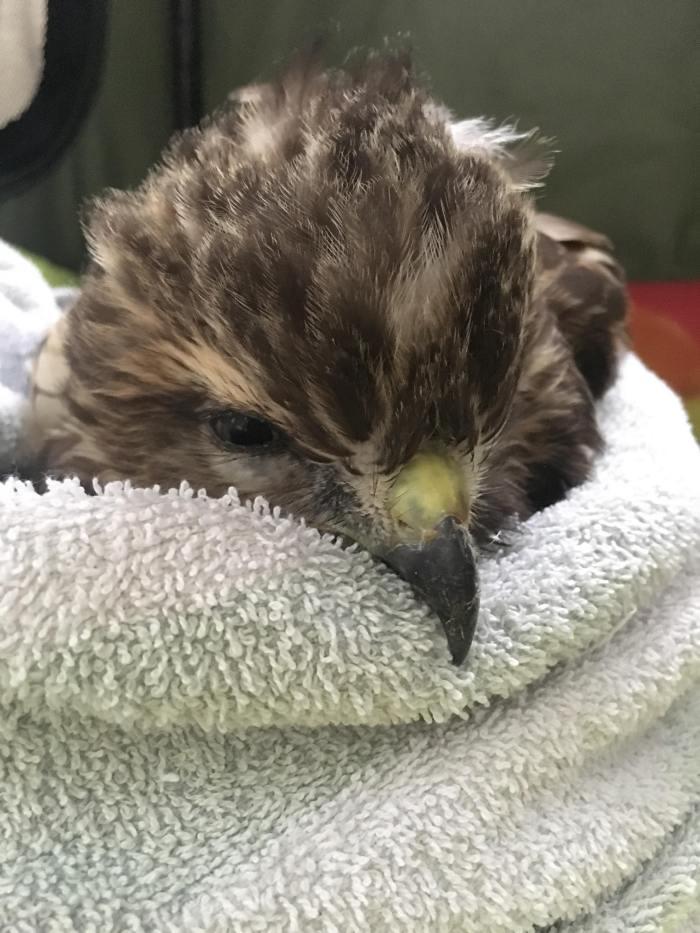Annisquam resident Abbie Lundberg’s recent post on Facebook has caught the attention of many:
“To my Annisquam neighbors:
In the last couple of days while walking in Norwood Heights, I’ve come across various dead small animals that had obviously been poisoned. Two days ago, it was a mouse and a vole – both completely intact – the mouse in the middle of the road on it’s back, and the vole on the side. Today a chipmunk fell out of a tree directly above me in the same stretch of road, landing with a whack then staggering off into the bushes – it clearly had neurological damage. This is the stretch of Norwood Heights that is a continuation of Norrock.
Not only is poison a cruel way to deal with what some consider pests, it affects a lot more than the intended targets. Foxes, owls and hawks all eat mice and will suffer terrible damage and possibly die if they eat poisoned rodents. Some dogs and cats might also eat dead or dying rodents they come across. I removed the two dead animals (dog poop bags come in handy for all sorts of things) to get them out of the environment.
I’m posting this as a warning to anyone who might walk their dogs in the area or have outdoor cats, and as a plea for people to consider other options in dealing with unwanted critters than using poison.”
Rodenticides are on the Animal Advisory Committee’s agenda for their October meeting, 10-10-19, at 6:30, at City Hall.
We are reposting the following alternatives to rat poison, published by Audubon.
The brand names are Havoc, Talon, Generation, d-Con, and Hot Shot. Do not buy these products because they contain the deadly indgredients brodifacoum, bromadiolone, difethialone, and difenacoum.
Both first- and second-generation rodenticides prevent blood from clotting by inhibiting vitamin K, though the second-generation products build to higher concentrations in rodents and are therefore more lethal to anything that eats them.
What makes second-generation rodenticides so non-selective is that they kill slowly, so rodents keep eating them long after they’ve ingested a lethal dose. By the time they expire, or are about to, they contain many times the lethal dose and are therefore deadly to predators, scavengers, and pets.
There’s no safe place or safe delivery system for second-generation rodenticides. After a rodent partakes, it stumbles around for three to four days, displaying itself as an especially tempting meal not just for raptors but for mammalian predators, including red foxes, gray foxes, endangered San Joaquin kit foxes, swift foxes, coyotes, wolves, raccoons, black bears, skunks, badgers, mountain lions, bobcats, fishers, dogs, and house cats—all of which suffer lethal and sublethal secondary poisoning from eating rodents. Deer, non-target rodents, waterfowl, waterbirds, shorebirds, songbirds, and children suffer lethal and sublethal poisoning from eating bait directly.”
Here in a nutshell are alternatives to second generation rat poison. Please read the complete article, which goes in to much greater detail to better understand why this is happening, which companies are responsible for creating the toxic poison, which companies are taking it upon themselves to ban second-generation rodenticides (Walgreens, yes, Home Depot, no), and how you can help.
- Prevent a rodent infestation by keeping waste in tightly covered garbage pails and compost bins.
- RATS! (Raptors are the Solution) – a national alliance of citizens, nonprofit groups, and local governments that educates consumers and municipalities about safe methods of rodent control and the dangers of second-generation poisons. MASS-RATS is the newly formed state chapter of RATS.
- . Hungry Owl Project – delivers safe, effective rodenticide in the form of Barn Owls! This organization also advocate for other predators—coyotes, foxes, mountain lions, badgers, skunks, bobcats, raccoons, opossum.
- When natural rodent control is not possible in urban areas: single- and multiple-entrance snap traps, electrocuting traps, glue traps (provided you use them only indoors and frequently dispatch stuck rodents), and even first-generation baits with these active ingredients: chlorophacinone, diphacinone, diphacinone sodium salt, war-farin, and warfarin sodium salt.
- The “Better Mouse Trap” – Take a metal rod, run it through holes drilled in the center of both lids of an emptied tin soup can so the can becomes a spinning drum. Fasten both ends of the rod to the top of a plastic bucket via drilled holes. Coat the can with peanut butter, and fill the bucket with water and a shot of liquid soap (to break the surface tension and thus facilitate quicker, more humane drowning). Mice and rats jump onto the can, and it spins them into the water.


Toxic Lunch photo by Dan Vickers













 Juvenile Red-shouldered Hawk – Image courtesy wiki commons media
Juvenile Red-shouldered Hawk – Image courtesy wiki commons media






